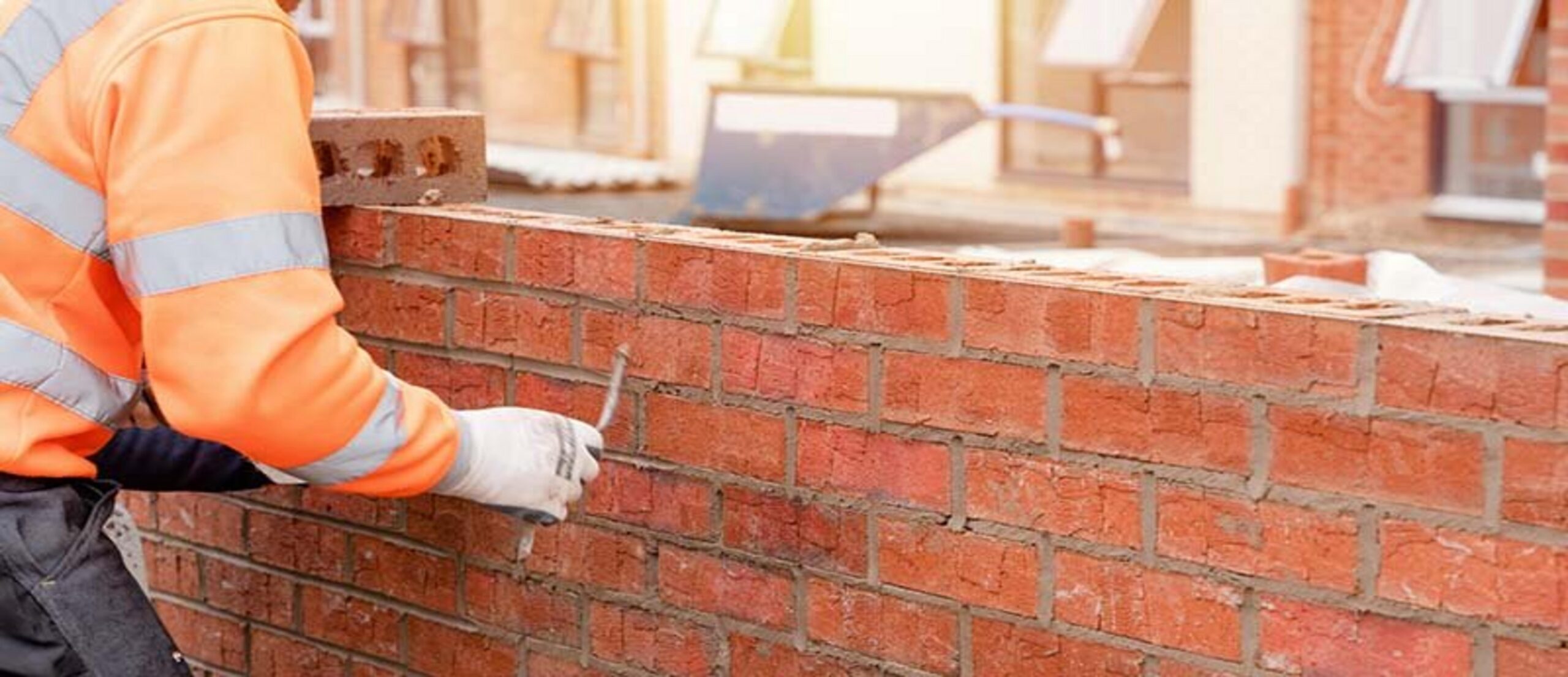Exploring the World of Bricks in Construction
For centuries, the essential building material for construction, bricks, has produced enduring structures. They are so versatile and dependable that they have been used in everything from ancient civilizations to cutting-edge architectural masterpieces. Let’s take a closer look at them as material and learn about their various kinds, characteristics, uses, and upcoming advances.
Importance of Bricks
Bricks are essential to construction because they are readily available, reasonably priced, and simple to utilize. They give all types of buildings structural integrity, insulation, and visual appeal. This specific architecture has a timeless appeal that gives both modern and old structures personality and charm.
Types of Bricks
Clay Bricks: Clay makes traditional, extensively used bricks by molding, drying, and firing them in kilns.
Concrete bricks: Made of aggregates, sand, and cement, concrete bricks provide strength and durability for various building applications.
Fly Ash: Made from industrial waste, fly ash offers superior thermal insulation qualities while being environmentally beneficial.
Sand Lime: They are made of sand, lime, and water and are well-known for their exceptional strength and consistent texture.
Engineering: Bricks designed for specialized uses are known for their exceptional strength, chemical resistance, and minimal water absorption.
Fire Bricks: Fire bricks are necessary for furnaces, kilns, and fireplaces because they are made to endure extreme temperatures.
Properties of Bricks
Bricks have a variety of characteristics that make them appropriate for various construction uses, including:
Compressive Strength: Compressive strength is the capacity to bear weights without breaking down or distorting.
Absorption Capacity: It is the ability to absorb moisture that influences its resilience and insulating qualities.
Thermal conductivity: The capacity to impede the transfer of heat, which impacts a building’s energy efficiency.
Durability: The ability to withstand weathering, chemical exposure, and gradual structural deterioration.
Applications of Bricks
Residential Buildings
In residential buildings, they provide strength, insulation, and visual appeal for single-family homes and apartment buildings.
Commercial Buildings
Brick construction is strong and versatile, making it ideal for use in offices, retail establishments, and educational institutions.
Industrial Structures
They are a fire-resistant and sturdy material used in factories, warehouses, and manufacturing facilities.
Landscaping
They are also utilized in landscaping to create walkways, retaining walls, and accent pieces for outdoor areas.
Sustainability of Bricks
Their natural composition makes them naturally sustainable. However, there are still steps being taken to lessen their environmental impact:
Environmental Impact: The production of bricks may impact the environment through emissions and energy use.
Recycling Options: Reusing old bricks for new construction projects is one way that recycling programs try to cut waste and save resources.
Innovations in Brick Technology
Ingenious brick technologies have been made possible by developments in materials science and engineering:
Nano-Coating: Protective coatings extend the life of bricks by improving their resilience to weather and durability.
Light-Emitting Bricks: Integrated LEDs brighten facades and walkways, giving architectural designs a dash of creativity and security.
Self-Healing Ones: Microorganisms or certain additives enable self-repairing capabilities by reducing maintenance needs and lengthening the lifespan of constructions.
Challenges and Considerations
Bricks provide builders and architects with difficulties and things to think about despite their many advantages:
Expense-effectiveness: When compared to alternative materials, their construction may have a greater starting cost.
Maintenance Requirements: Repointing and sealing are two examples of routine maintenance that is necessary to maintain the integrity of buildings.
Environmental Issues: Transportation and different making methods increase carbon emissions and resource depletion.
Conclusion
Bricks are essential in the construction industry because of their sustainability, adaptability, and durability. As technology advances, the performance and aesthetics of structures are continually being improved by creative ideas. They will continue influencing the built environment for many decades, provided obstacles and developments are carefully considered.
Frequently Asked Questions (FAQs)
Are bricks ecologically benign?
Although the creation influences the environment, recycling and environmentally friendly manufacturing techniques are being used to increase sustainability.
Is it possible to employ bricks in contemporary architecture?
Of course! Architects prefer bricks worldwide because they provide countless design options, ranging from modern facades to creative structural aspects.
Do home fireplaces require fire bricks?
They are necessary for fireplaces because they provide insulation and heat resistance to endure high temperatures and assure safety.
What is the lifespan of bricks?
These stones are a timeless and sturdy material for construction because, with the right care, they may last for generations.
Can newly constructed buildings employ recycled bricks?
Indeed, construction companies are employing recycled bricks on a larger scale to reduce waste and minimize the environmental impact while preserving the visual appeal of classic architecture.



